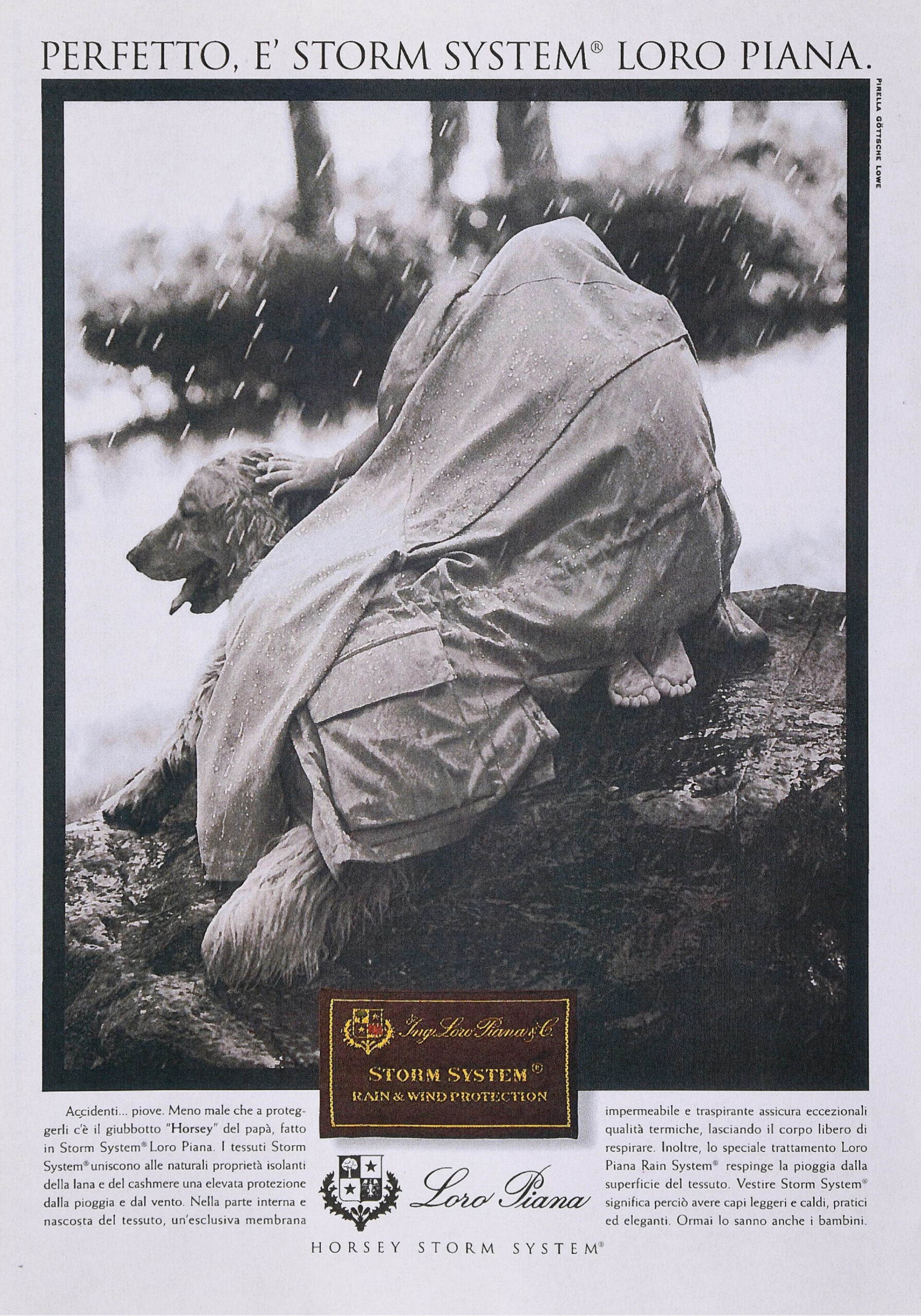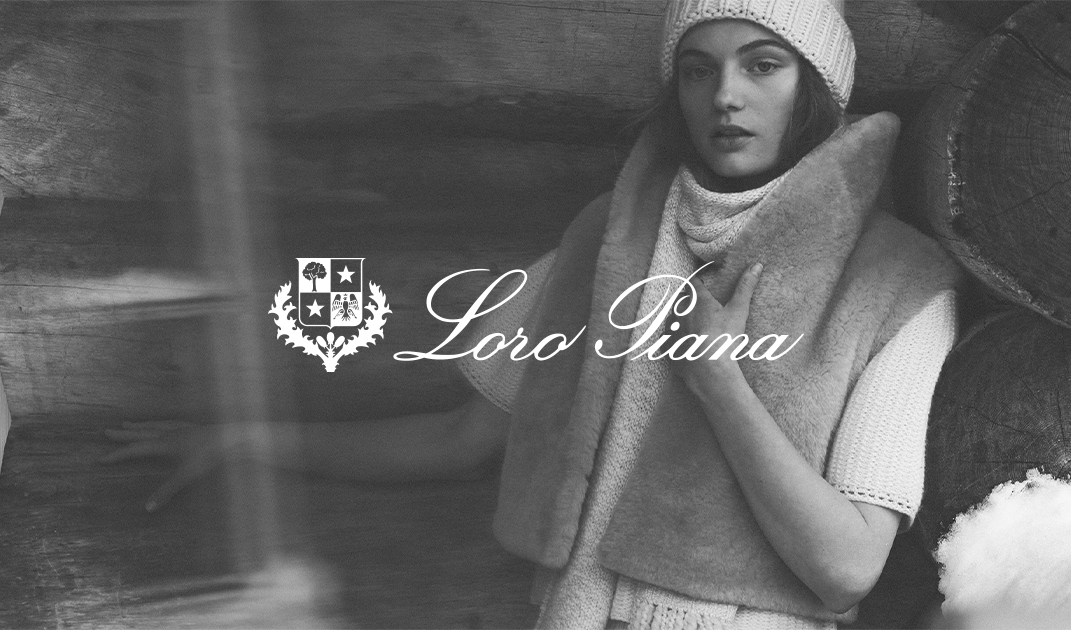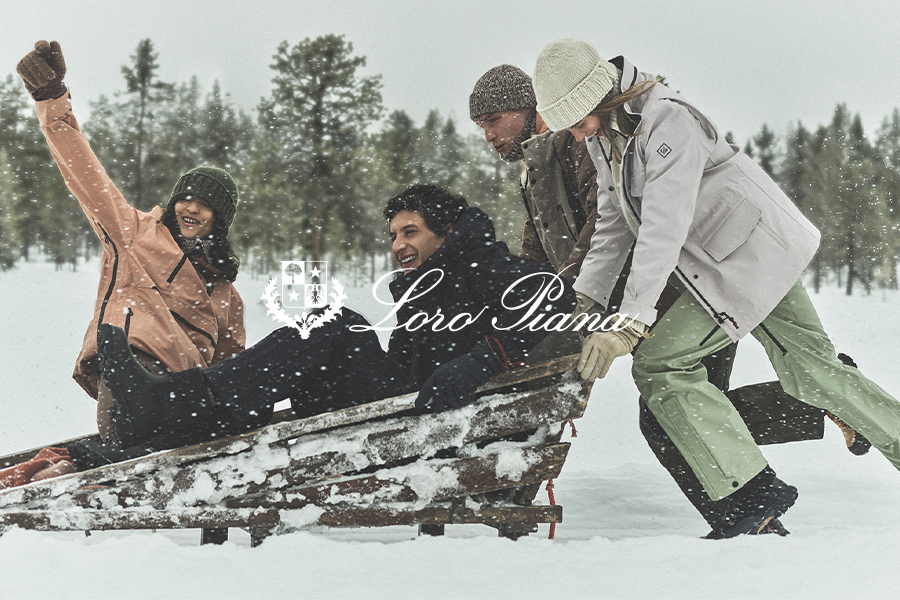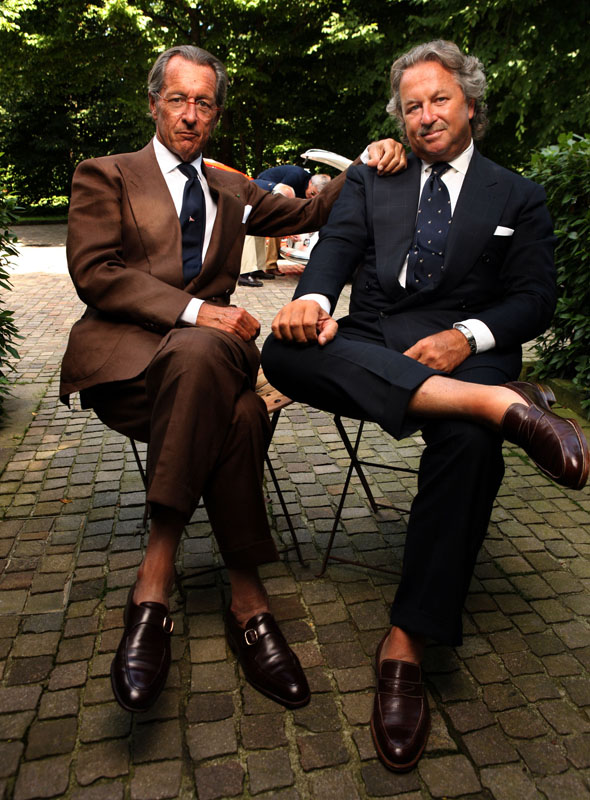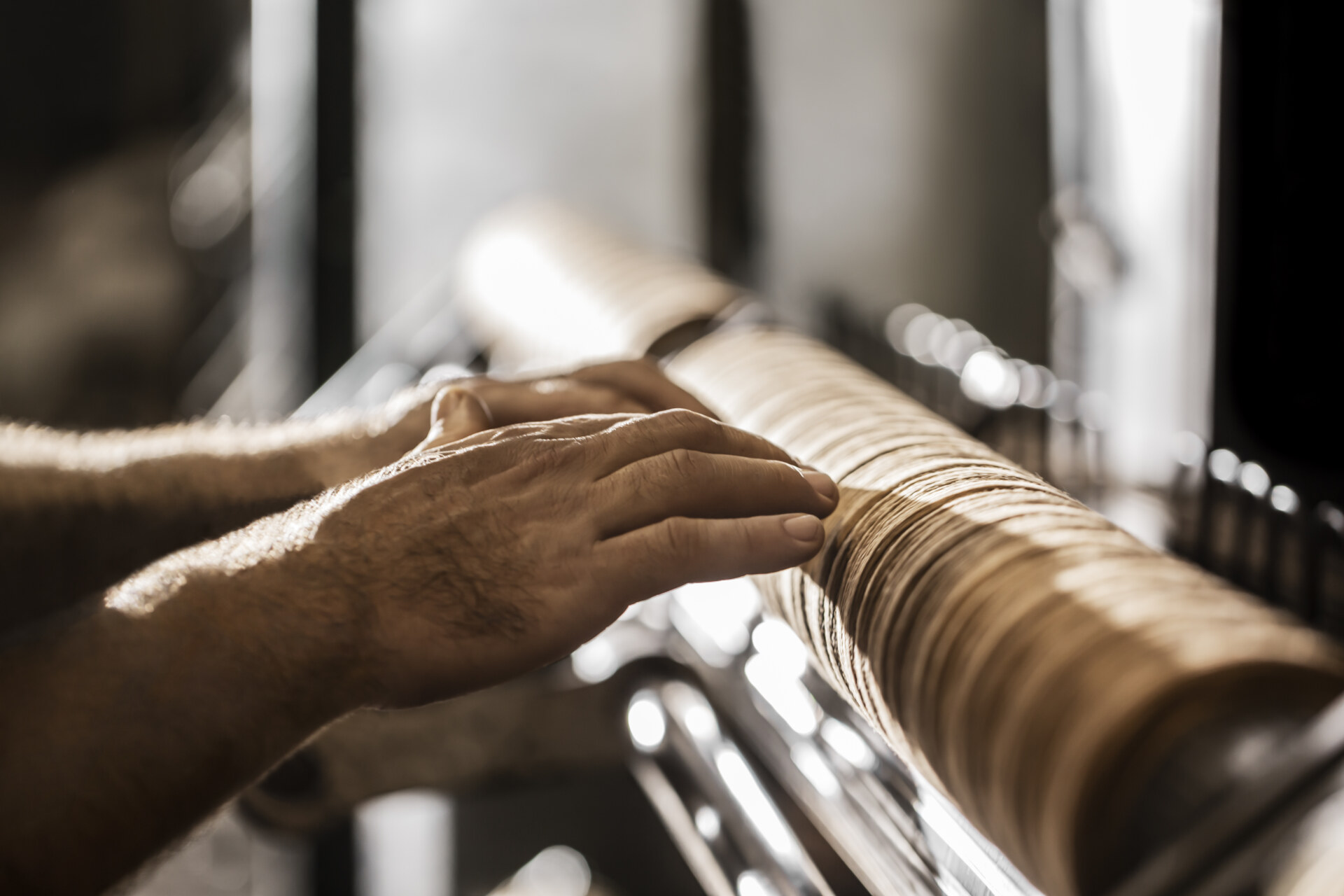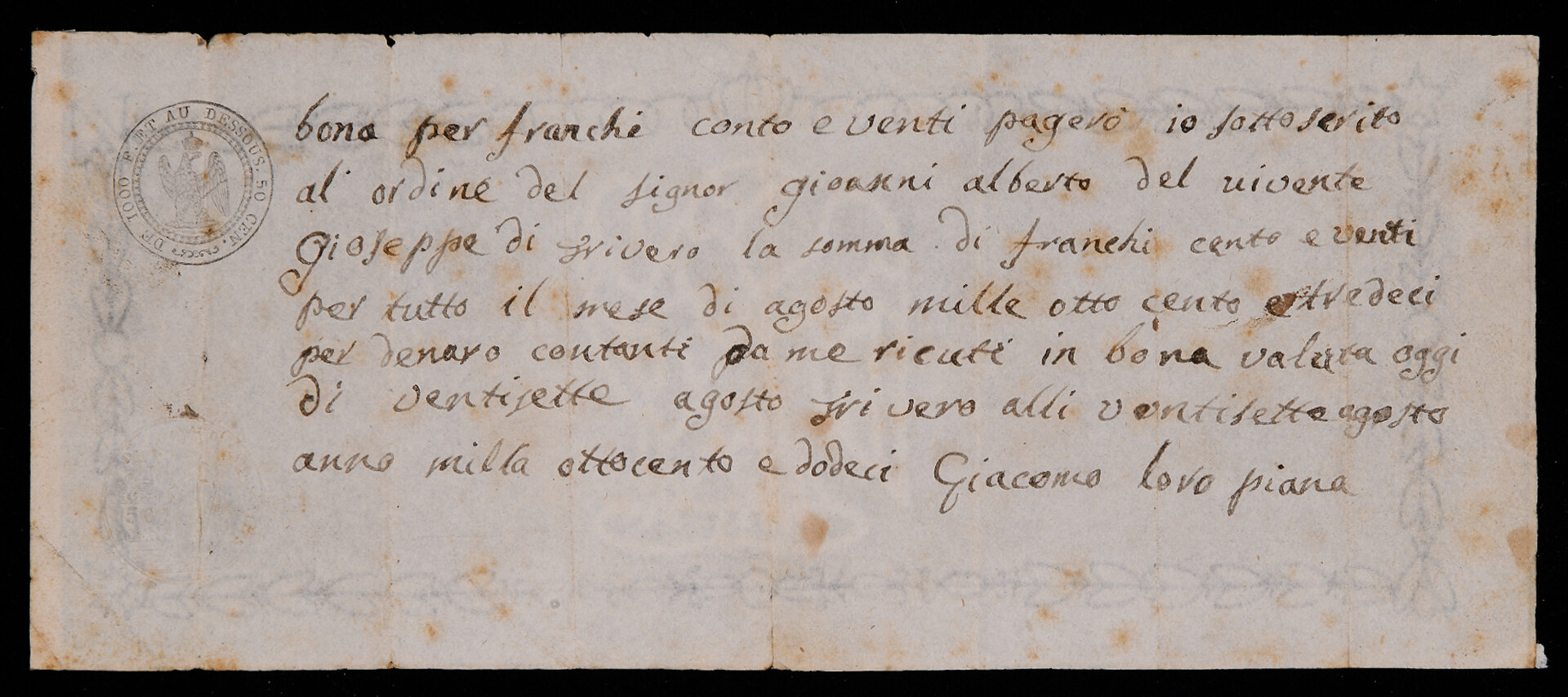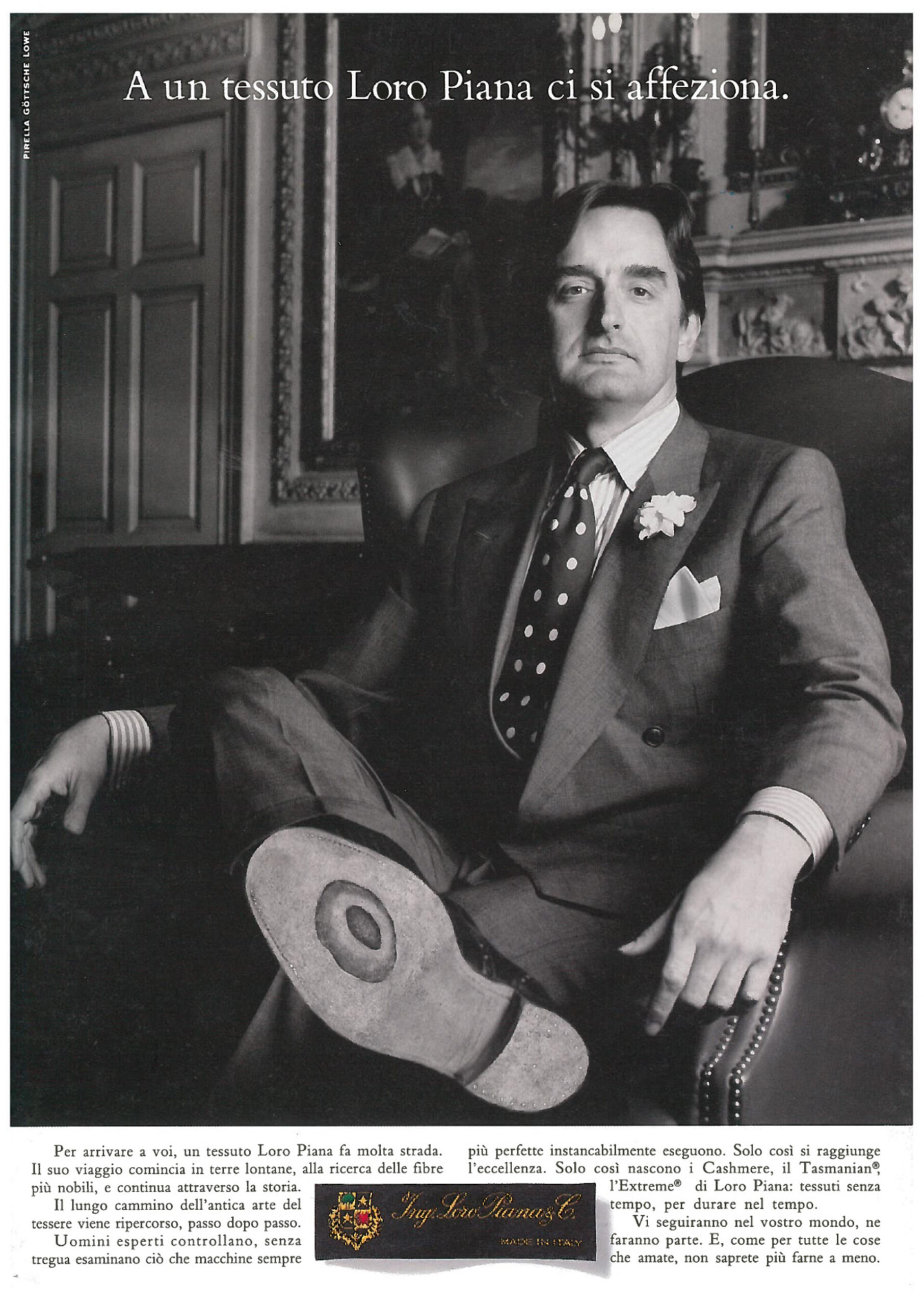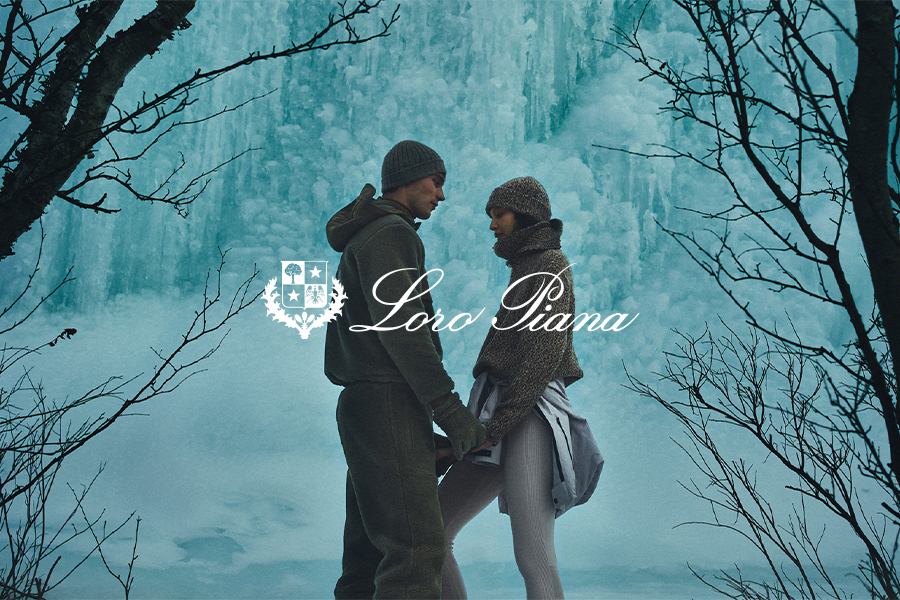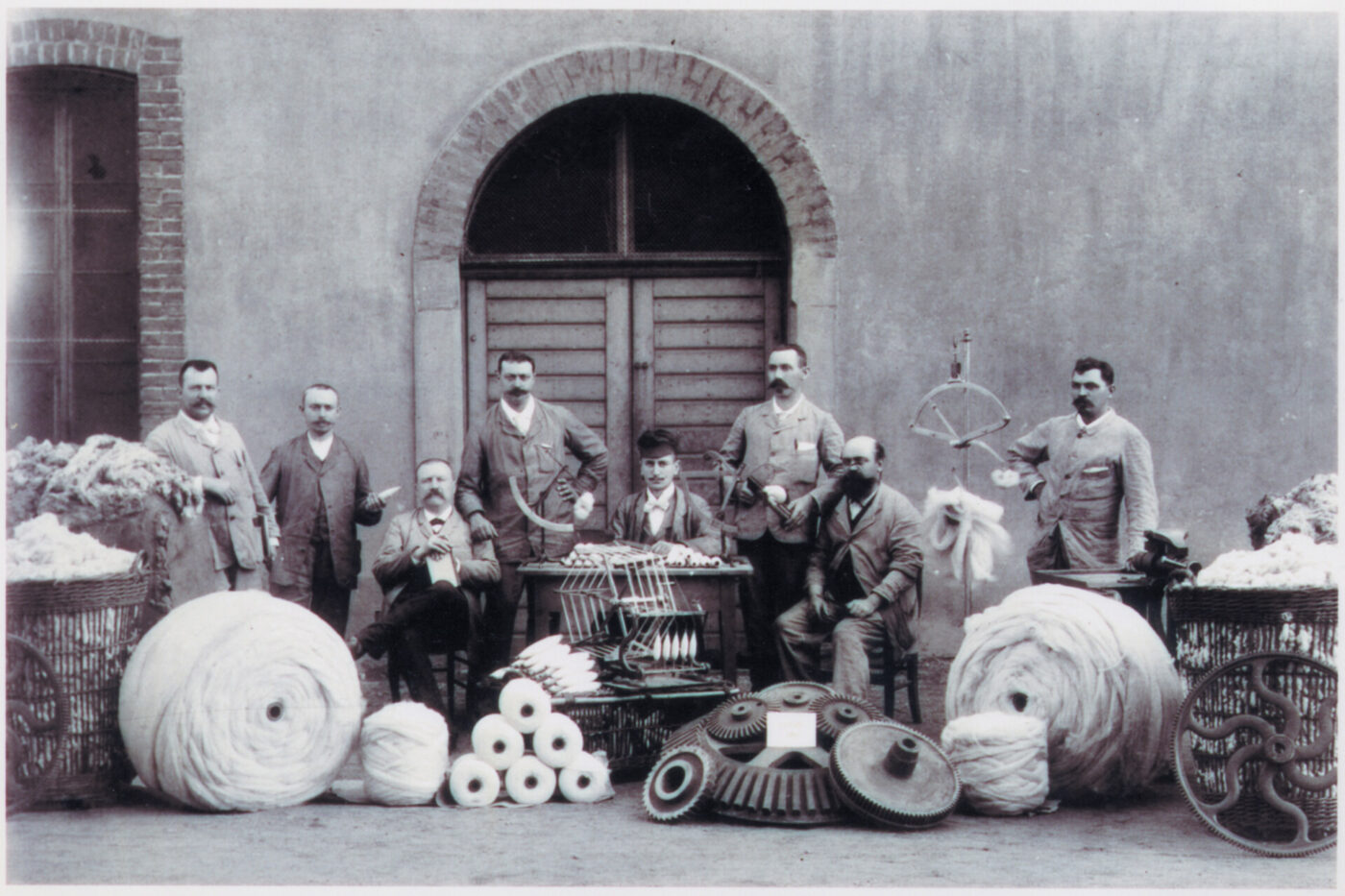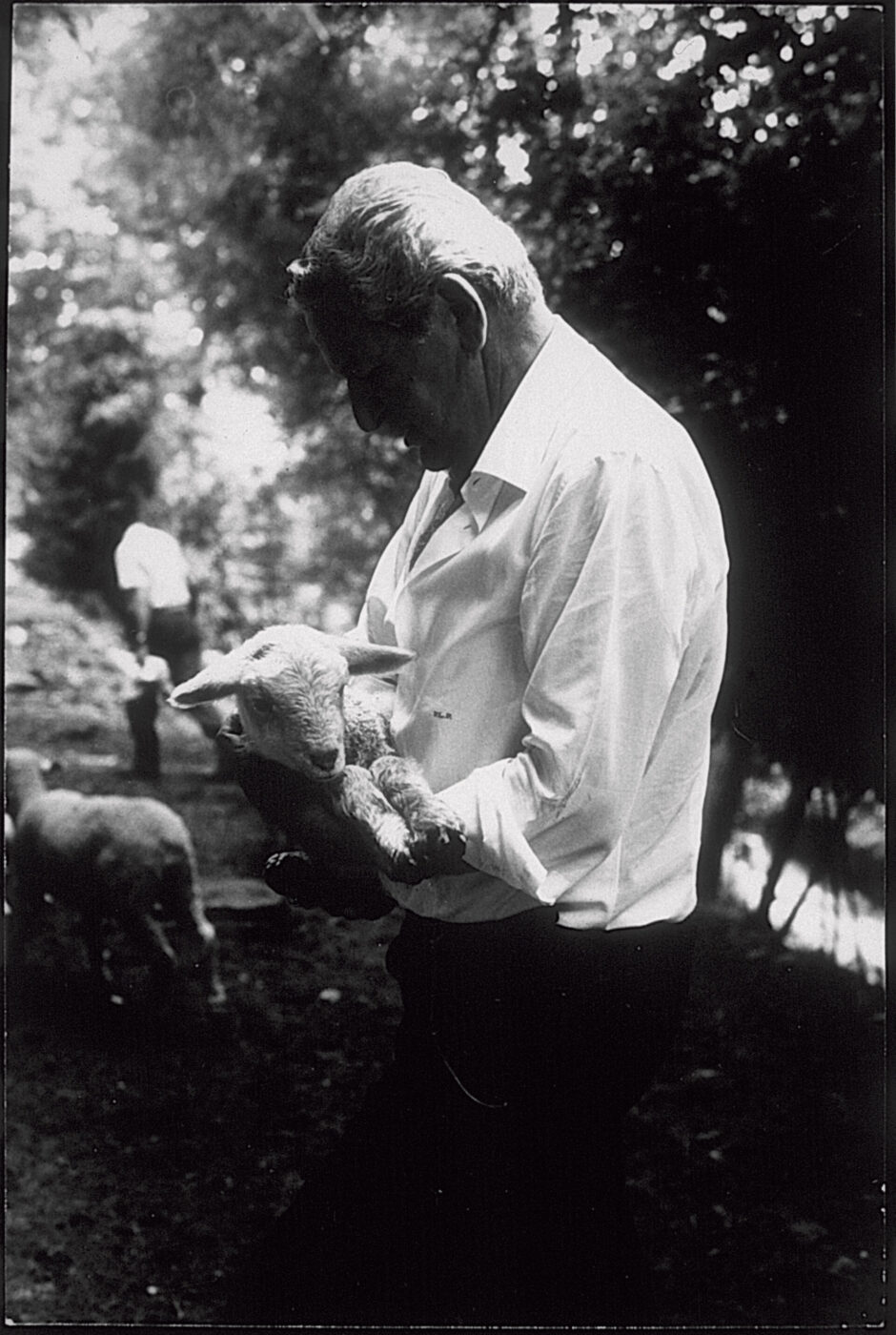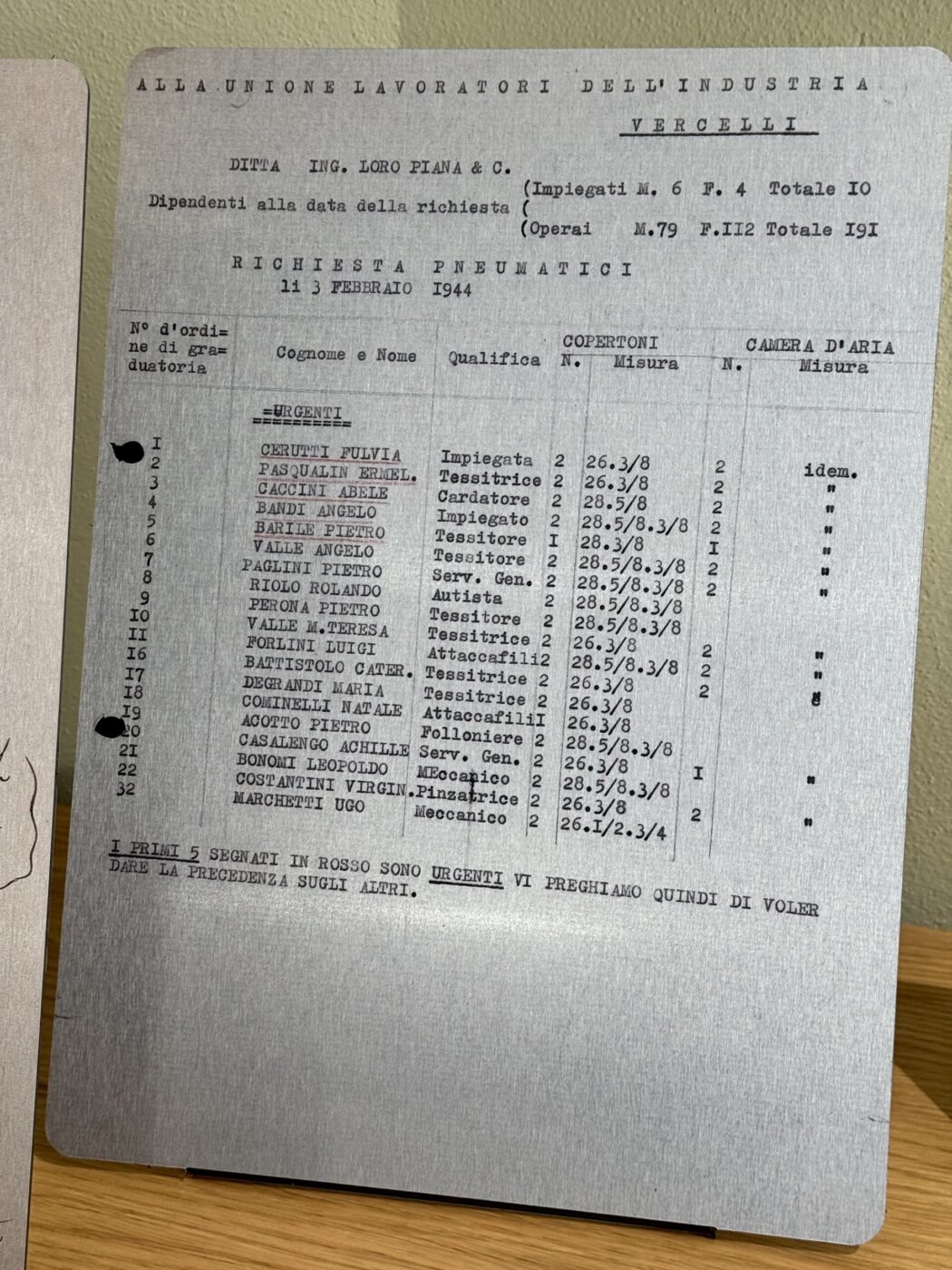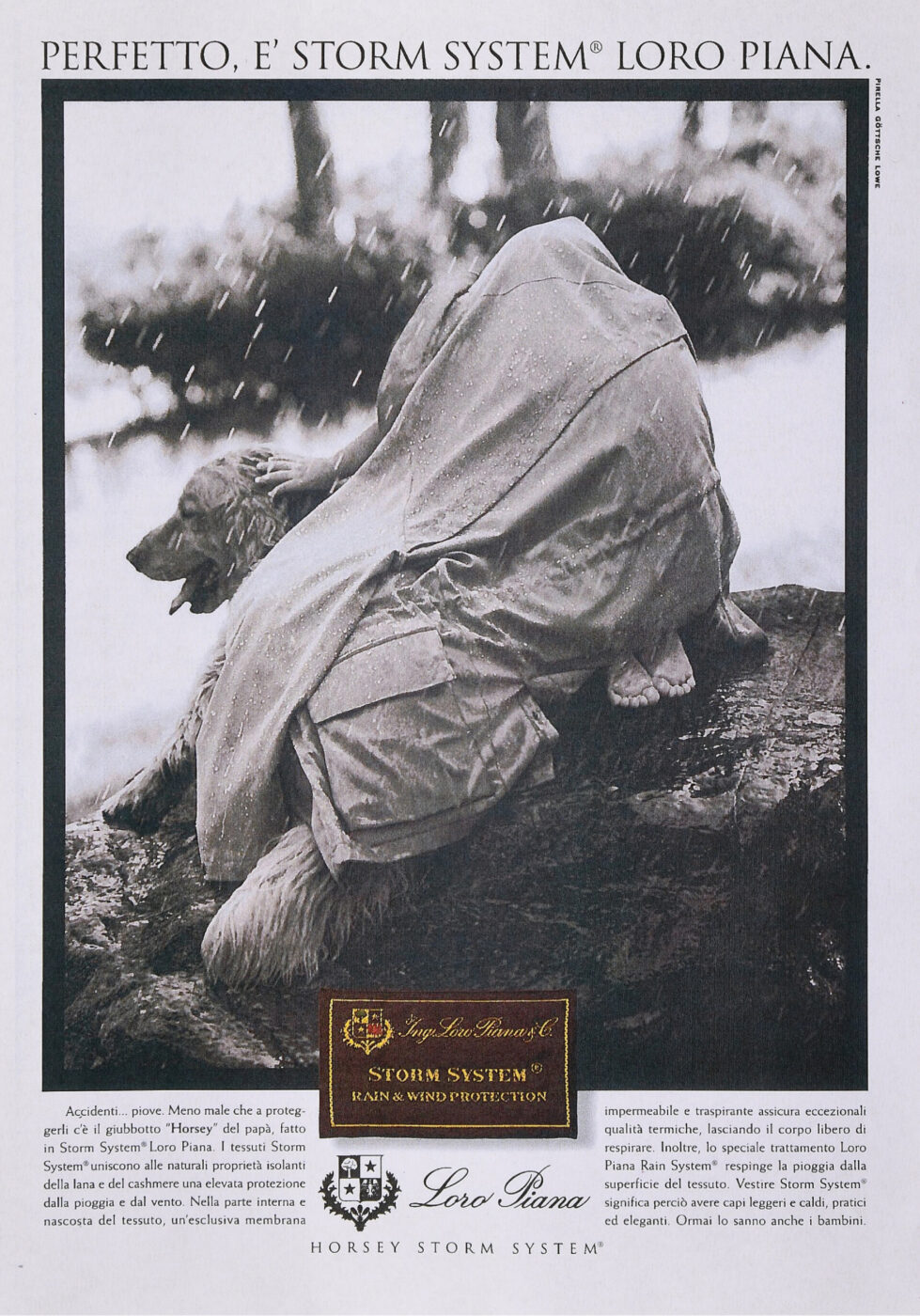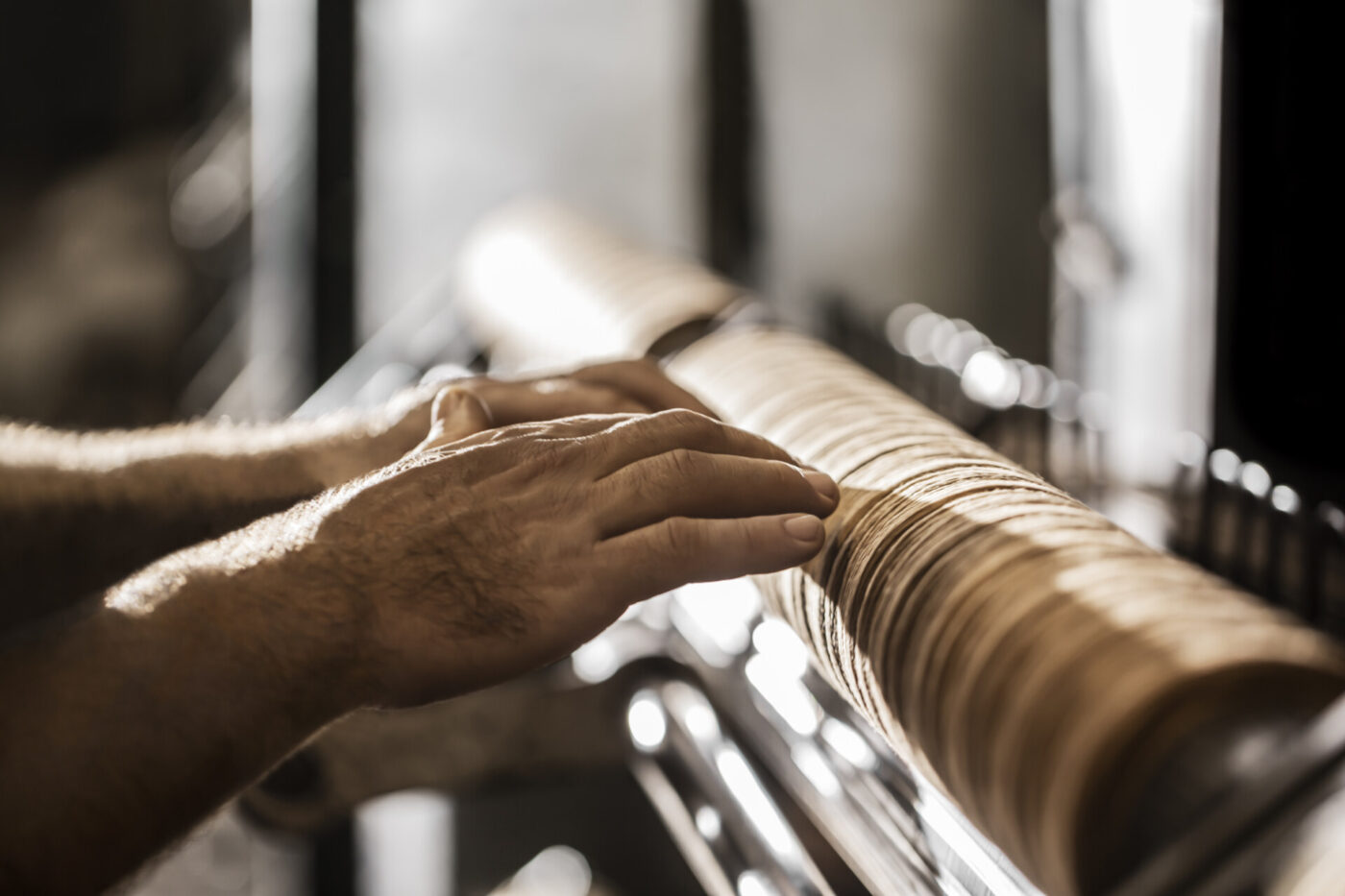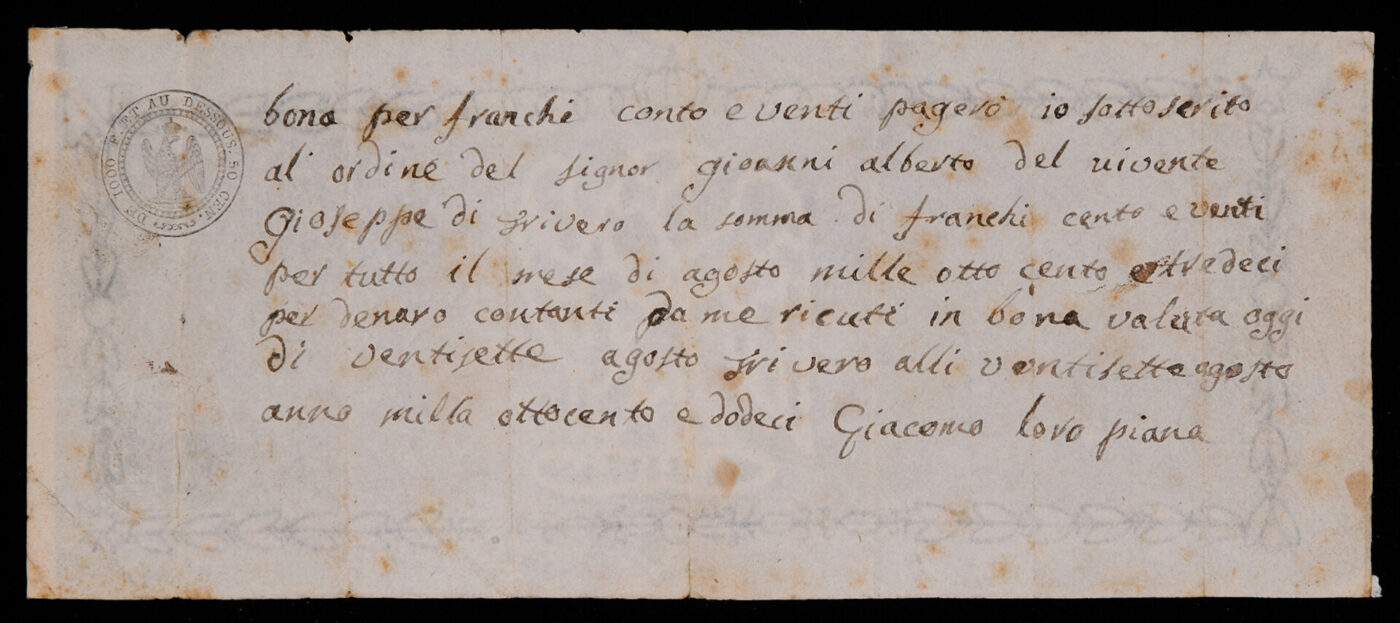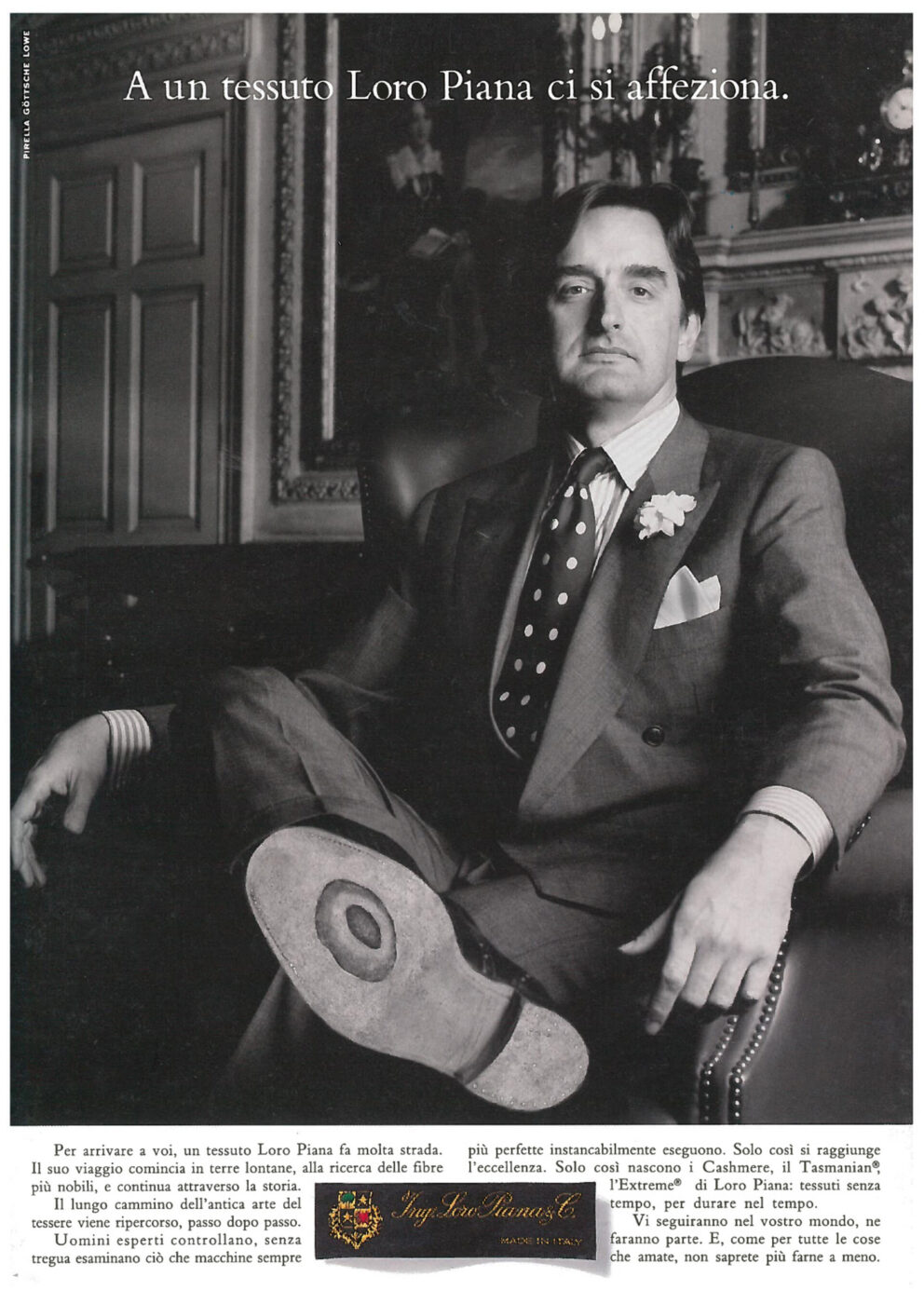Varallo, Piedmont, is serene. In the heart of the Valsesia Valley, nearly at the border of Switzerland, the town reveals itself in quiet layers: narrow alleys that wind between centuries-old houses, the faint scent of woodsmoke coming from the snow mountain peaks beyond, and the Sacro Monte, a UNESCO World Heritage site, perched on a ridge above. This town of just over 7,000 people is also where the story of Italian luxury maison Loro Piana has been written, and it’s here that you can find the maison’s archive, with rare documents, photos, and textiles that span six generations of the Loro Piana family. Pietro Loro Piana founded the company Ing. Loro Piana & C. in nearby Quarona on April 2nd, 1924, and this year, Loro Piana celebrates its 100th anniversary—a century of spinning cashmere and wool into wonder. It’s a centenary that will also be put on stage in Shanghai at the Museum of Art Pudong from March 22nd to May 5th, 2025 for its first-ever brand exhibition.
From its humble beginnings in the heart of Piedmont to becoming a global symbol of craftsmanship and innovation, Loro Piana has always been a brand with values at its core; here we dive into five of the life lessons learned from 100 years of Loro Piana.
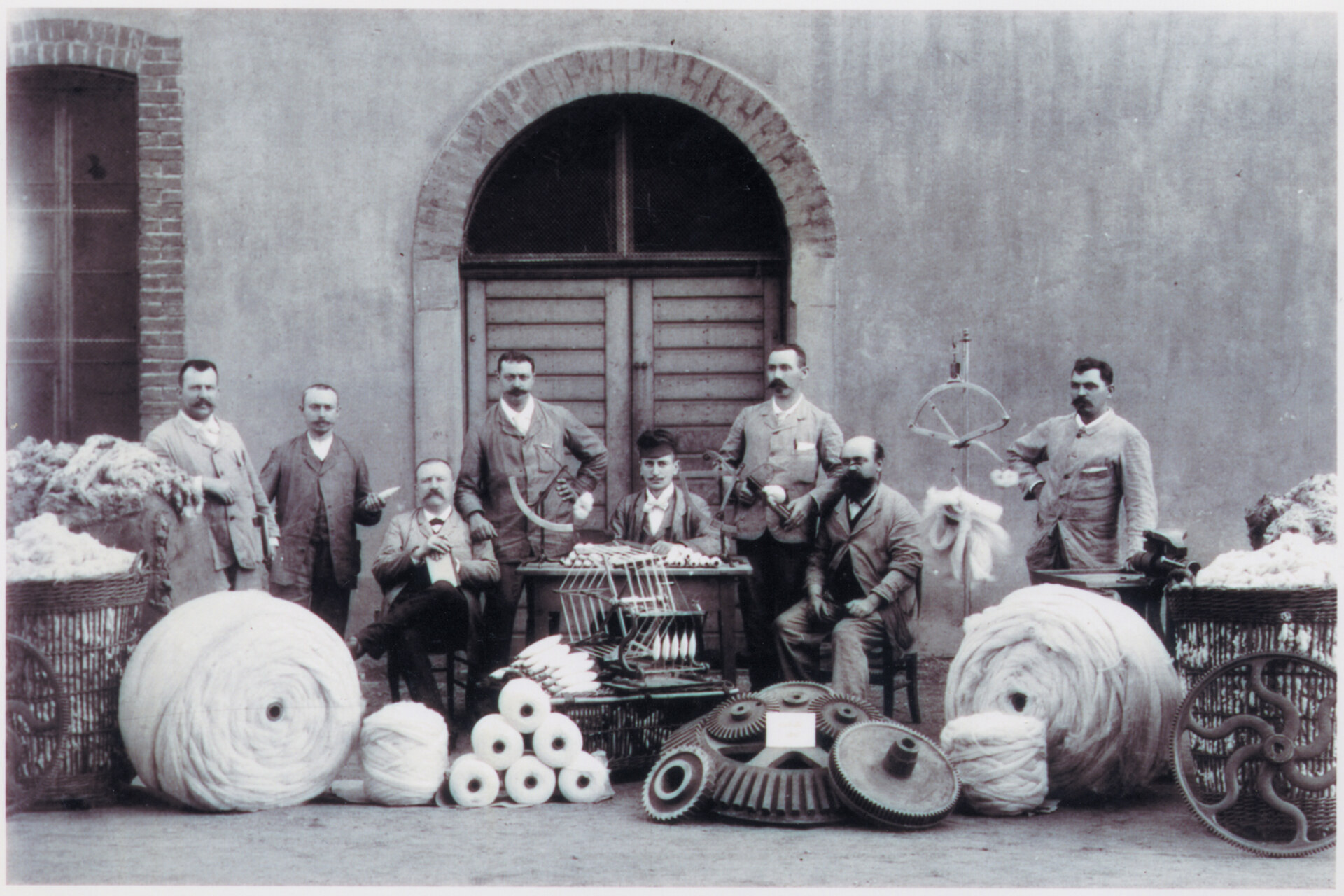
Skilled workers of the “Lora” woolen factory (circa late 1900s)
1. Family comes first
At the heart of Loro Piana lies a lesson as enduring as their fabrics: family comes first. Pier Luigi and Sergio Loro Piana, the brothers who brought the brand into its modern era, often butted heads in the boardroom—debates born of their differing visions. Yet they would always leave with hands on each other’s shoulders and an invitation for a pasta dinner at home. And, as the Historical Archive Manager recalls, all the ideas born from these conversations were the greatest successes.
Family, of course, is integral to the story of the maison, shaped by six generations of Loro Piana leadership. It all started with Giacomo Loro Piana, who was a woolen fabric merchant in Trivero in the 1800s, before moving to Valsesia and transitioning to textile manufacturing in 1904. It was his great-grandson Pietro that officially founded the company 100 years ago, leaving Loro Piana in the hands of his sisters Francesca and Maria upon his passing. Their nephew joined the business in the 1940s, taking the maison to yet another level by conducting global research on the best fibers available and creating what were revolutionary fabrics at the time. His sons Pier Luigi and Sergio were pivotal in transforming the family business into a global brand synonymous with quiet luxury; they secured exclusive, high-quality materials like Mongolian cashmere and Andean vicuña wool, while focusing on refining design and creating innovative products like the first cashmere ski jackets.
Since these humble 19th-century beginnings, the Loro Piana family has woven its own heritage into the fabric of the brand—never losing sight of the relationships that hold it together. They remind us that success isn’t just about innovation or hard work; it’s about finding strength, even in disagreement, and always making it home for dinner.

Sergio and Pier Luigi Loro Piana at their house in Borgosesia
2. A word is a word
In the history of the Loro Piana maison, not all deals began with a signed contract; many partnerships, especially with small-scale farmers, were sealed with a handshake and trust. Pier Luigi Loro Piana was fond of saying, “A handshake is worth more than any signature on a contract,” and as the Historical Archive Manager recalls, “There was always a great linearity between what was said and what was done.” It was a philosophy that laid the groundwork for Loro Piana’s global sourcing network. From the rolling pastures of New Zealand and Australia to the windswept plateaus of Mongolia and the Andes, this trust built lasting relationships with wool and cashmere producers worldwide, and today, the maison’s sumptuous jackets and sweaters are made with the finest materials, including baby cashmere, cashmere, Sopra Visso wool, Vicuña wool, and Pecora Nera wool. The latter is sourced from New Zealand’s rare black Merino sheep, whose naturally dark fibers require no dyeing, resulting in beautifully nuanced patterns created solely from the natural shades of the wool. Soft as a cloud, the material reflects Loro Piana’s dedication to preserving heritage breeds and reducing environmental impact.
All of this born from a dedication to honoring commitments—proof that, in business as in life, a word kept is the ultimate currency.
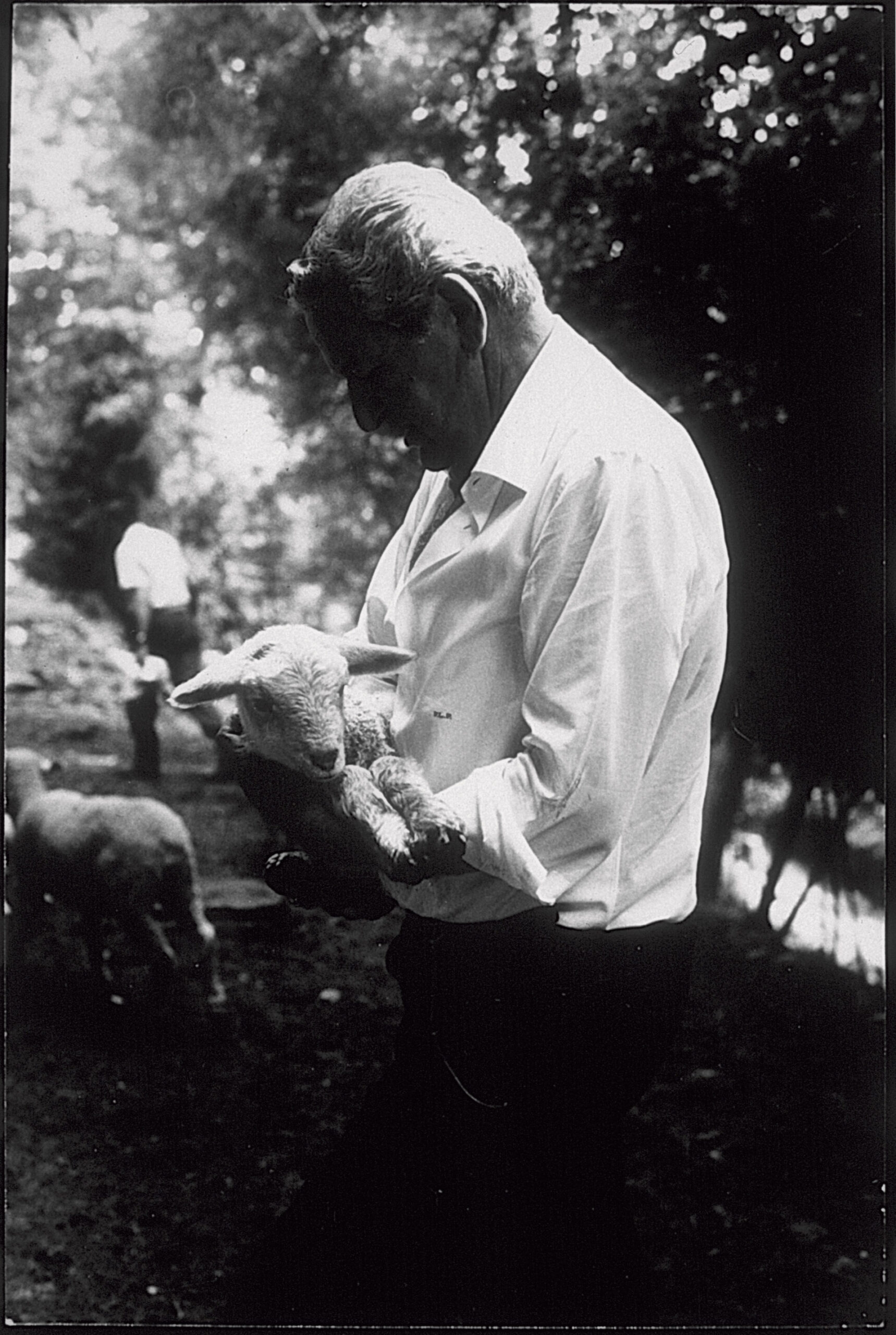
Franco Loro Piana
3. Don’t take yourself too seriously
At Loro Piana, even luxury knows how to crack a smile. The playful advertisements of the 1990s were proof that sophistication doesn’t mean stuffy. Take the one of a young girl sitting on her suit-clad father’s lap–her toes peeking out from a hole in her sock that matches the hole in his shoes–with the tagline “A un tessuto Loro Piana ci si affeziona” (“You get attached to a Loro Piana fabric”). In one of the most iconic, two dapper elder gentlemen, dressed to the nines in Loro Piana suits, play with toy trains on the floor like a couple of giddy kids, the phrase “Il cashmere come abitudine” (“Cashmere as a habit”) super imposed. The campaigns were directed by Emanuele Pirella, who the family affectionately called the “doctor of communication”, and cast real life wearers of the brand rather than models. But it wasn’t just clever marketing; it was a reminder that true elegance can accompany you through all life moments—no matter if you’re at a gala or on your living room rug. Loro Piana textile innovation helped make this true, of course. With the 1960s’ development of the Tasmanian fabric, made from Merino wool, Loro Piana was able to design the first-ever suits with a bit of stretch–a breath of fresh air in a world of rigid, itchy blazers. A unique blend of fine, resilient fibers made Tasmanian suits versatile enough for year-round use: lightweight enough to be worn in the summer but durable enough to be worn in the winter–and to hold up to the newfound invention of air conditioning in offices.
To sum up, looking buttoned-up doesn’t mean you have to be (or feel) buttoned-up.
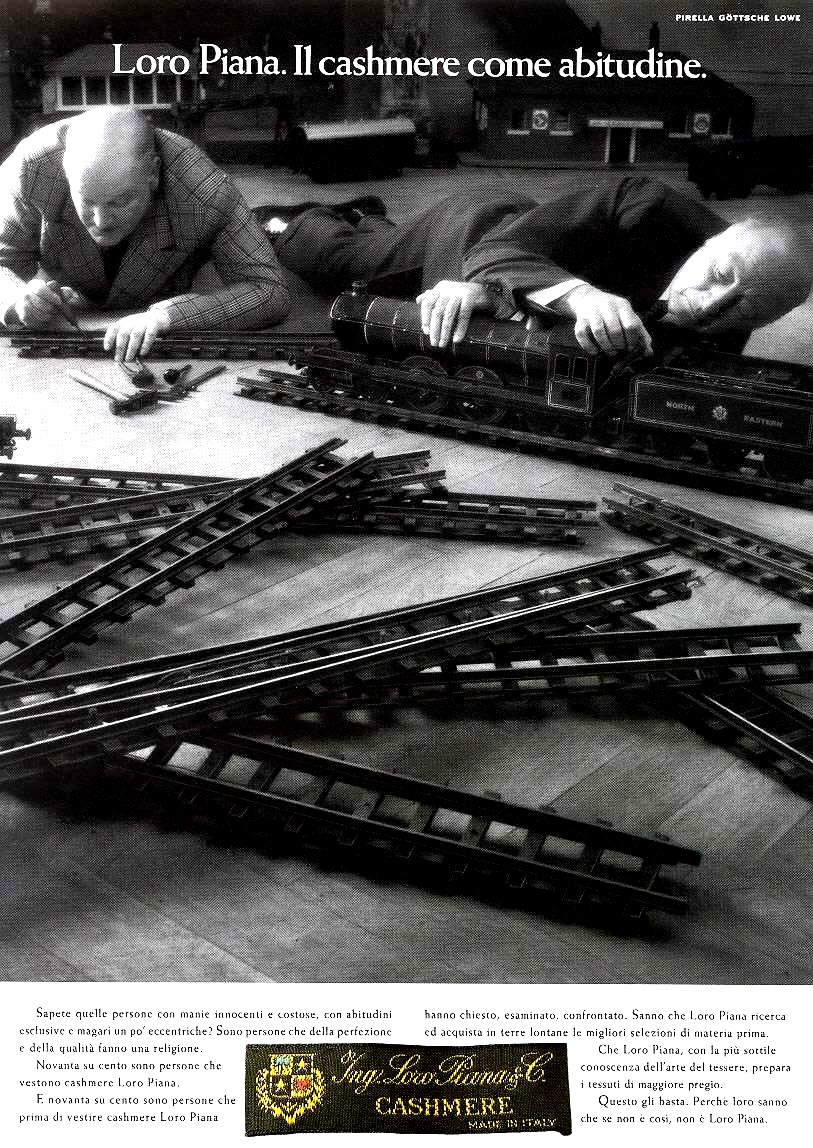
Ad campaign from the 90s – 00s
4. Lead by example
For Loro Piana, leadership has always been about actions and leading by example. It’s a value best elucidated by the maison’s experience during World War II. Although the company itself faced hardship–producing garments for the military to stay afloat–the Loro Piana family went above and beyond to support its workers and community in meaningful ways. The family provided free shoes and bicycle tires to employees (back then, bicycles were the most common means of transport in these parts of Piedmont), easing some of the daily struggles faced during the war’s harshest years–and these were the days when welfare wasn’t part of a marketing strategy. Beyond material aid, they also stepped in to help veterans navigate Italy’s ever-tangled bureaucracy; upon returning home, each was owed 2,000 lire from the state for their service. And, in classic Italian fashion, receiving said money required jumping through hoops of paperwork. Francesca Loro Piana, recognizing that many workers lacked the literacy skills needed, personally edited their letters and transcribed them from handwritten drafts, ensuring that each received their compensation. Whether through grand gestures or small acts of kindness, the family has always believed that leadership means setting the bar high for how a business can support its community.
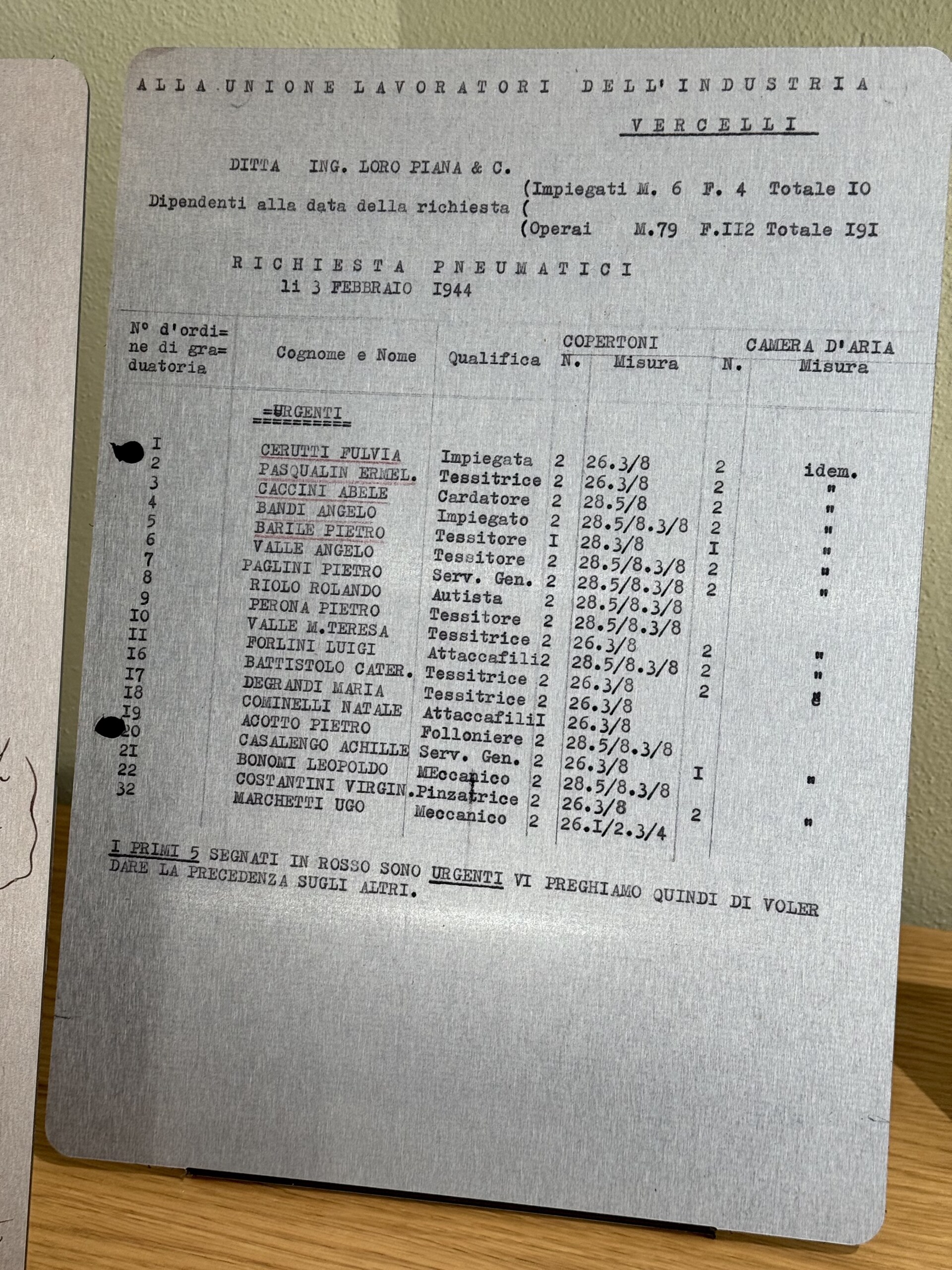
Receipt showcasing the company providing new car tires to workers in need (1944)
5. Beauty doesn’t have to come at the expense of functionality
Loro Piana’s ability to blend luxury with functionality is rooted in a deep understanding of their customer’s needs—often shaped by the founders’ own lifestyle. The family didn’t just design products; they lived them. Their biggest customers were also their friends, and many of their most iconic pieces came from listening to those friends talk about their daily lives and hobbies, from horseback riding and golf to skiing and sailing. In 1992, for example, the family created the now-famous Horsey® Jacket–originally not for sale, but rather for the Italian equestrian team participating in the Barcelona Olympics. The family sat around a table with the riders and listened to their needs: they were tired of stiff pieces that made noise, asking for a jacket that could be worn over formal attire, one that was the right length and cut to allow freedom of movement while on the horse.
Similarly, in 1996, Loro Piana introduced the first ski jacket made from cashmere, now known as the Icer Jacket. Pier Luigi and Sergio didn’t just want a good-looking jacket—they wanted something that could handle the rigors of skiing, warm and water resistant, while still maintaining the brand’s trademark sophistication. While the design came from the creative vision of Sergio, Pier Luigi personally tested the performance of the fabric, famously skiing with the prototype on a -10℃ day on the slopes of Cortina. It was a groundbreaking innovation, as they were the first to create sportswear designed with obsessive attention to detail, in luxurious materials like cashmere that could not only offer unmatched elegance but also withstand the harshest elements. No more tough decisions to be made between fabulousness and functionality.
